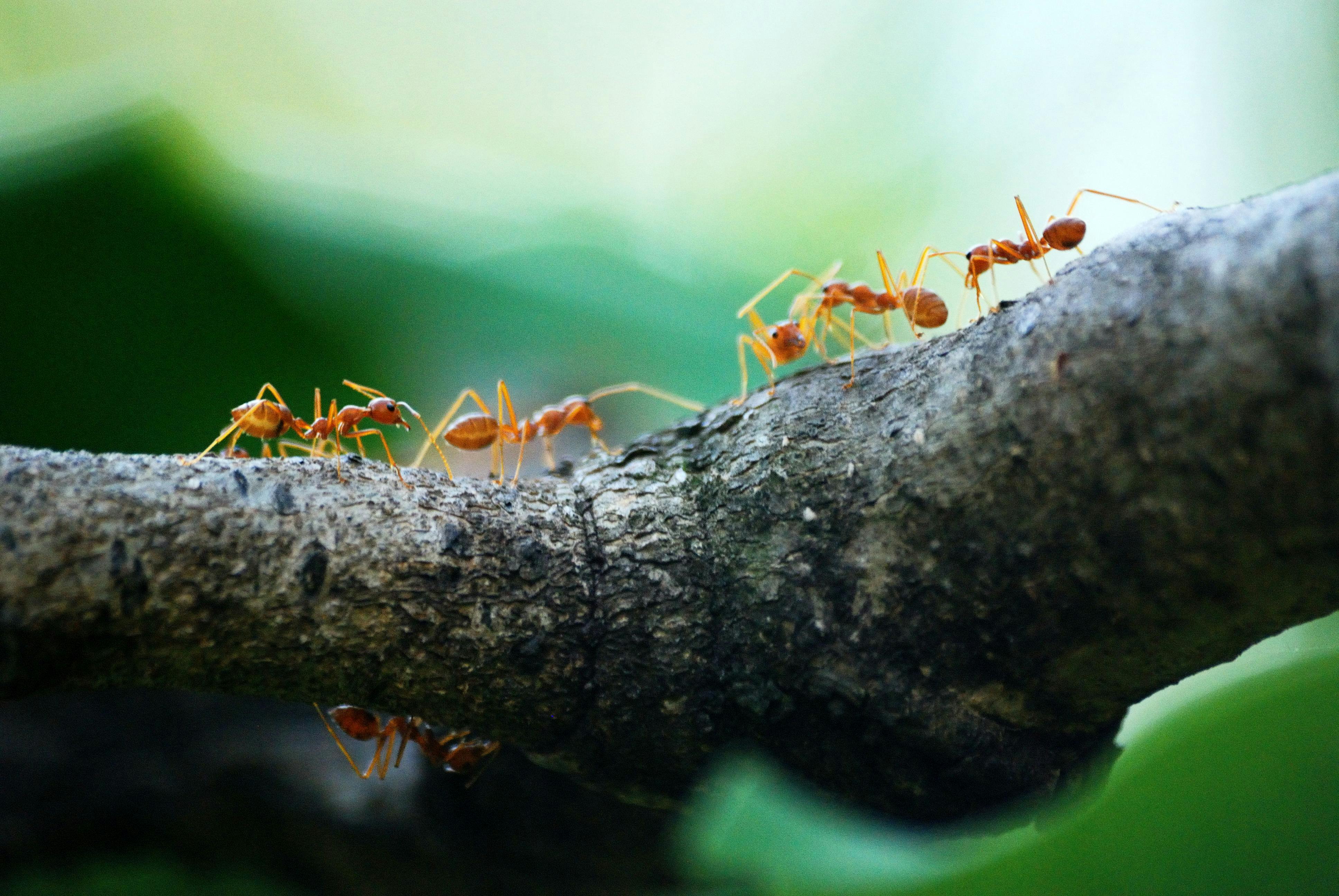Decoding the Secret Lives of Ants: An Insight into their Extraordinary Social Structure
In the fascinating world of pets and animals, ants may not be the first creatures that come to mind. Yet these tiny insects have a complex social structure that rivals our own. In this article, we delve into the incredible world of ants, exploring their intricate society, advanced communication methods, and surprising resilience.

A Brief History of Ants
Ants have been scurrying around Earth for over 100 million years. Originating in the mid-Cretaceous period, these insects evolved from wasp-like ancestors and have since diversified into more than 12,000 species. From the tropical rainforests of South America to the arid deserts of Africa, ants have colonized almost every landmass on Earth. Their success lies in their remarkable social organization, with colonies sometimes housing millions of individuals.
The Complex Social Structure of Ants
Ant colonies operate as a superorganism, a collective entity where each individual plays a specific role for the collective good. Typically, a colony comprises a queen, male ants, and worker ants. The queen is the reproductive center of the colony, while males have a single role—mating with the queen. Worker ants are sterile females, responsible for foraging for food, caring for the young, and defending the colony.
How Ants Communicate
Ants communicate through a sophisticated language of chemical signals known as pheromones. These chemical messages can indicate danger, provide directions to food sources, or signal the need for help in conflicts. This pheromone-based communication system allows ants to coordinate their activities and work collectively.
Current Research and Discoveries
In recent years, scientists have made fascinating discoveries about ants. For instance, researchers found that ants use a method similar to the “buffer system” in computer science to regulate their foraging. When food is abundant, ants leave the nest at a steady rate. However, when food is scarce, the departure rate slows down, preventing overcrowding and ensuring the colony’s survival.
The Economic Impact of Ants
It’s estimated that the ant keeping hobby is worth several million dollars in the United States alone. Ant farms and ant-keeping equipment have become a significant part of the pet industry, with a growing number of enthusiasts who appreciate these insects’ complex behaviors and social structure.
The Resilience of Ants
Despite their tiny size, ants are incredibly resilient. They can lift up to 50 times their body weight, survive in extreme conditions, and some species even have the ability to form floating ‘rafts’ in the event of flooding, showcasing their extraordinary adaptability.
In conclusion, the world of ants is a testament to the wonders of nature. Their complex social structure, sophisticated communication system, and incredible resilience offer a fascinating study of one of the world’s most successful organisms. Far from being just small, insignificant insects, ants are a remarkable example of survival and social organization.




